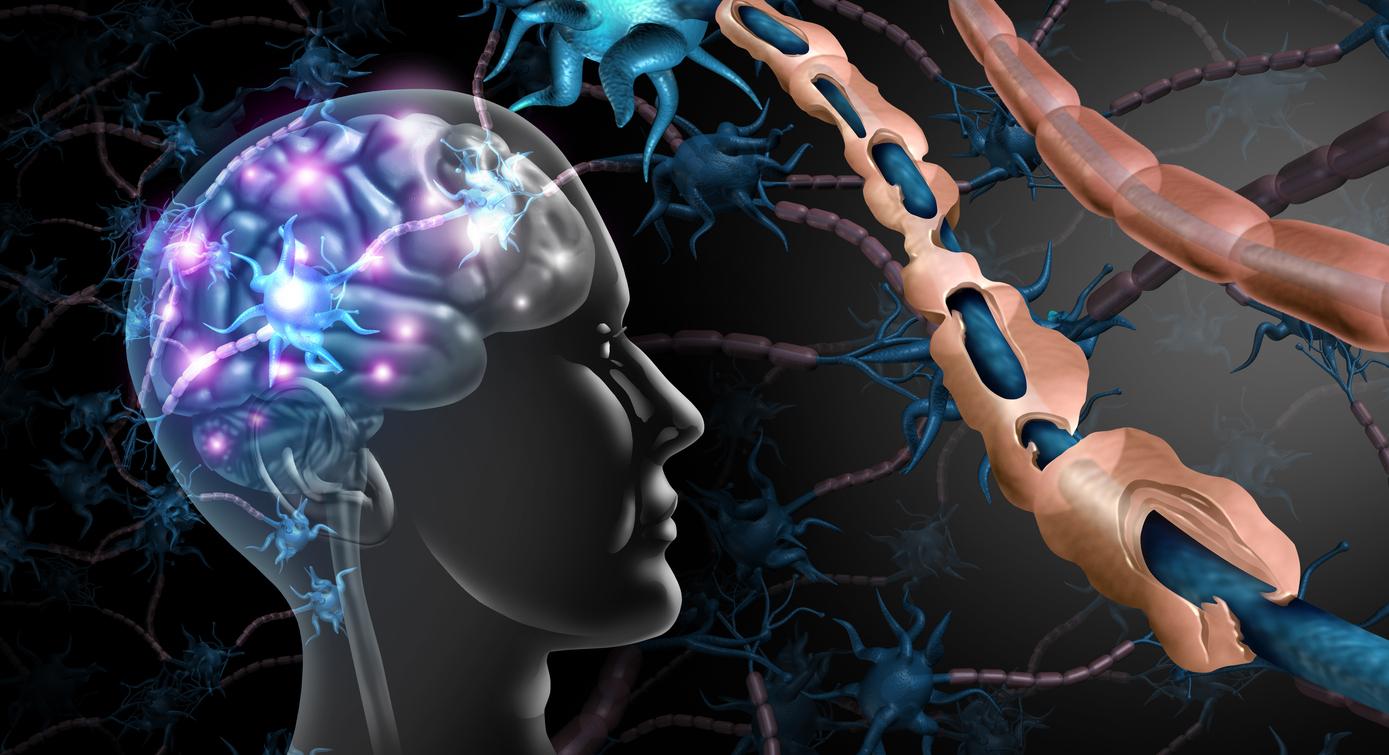A study conducted in a hospital center in Los Angeles revealed that 18% of patients followed for multiple sclerosis were misdiagnosed.

An autoimmune disease of the central nervous system, multiple sclerosis is due to a disruption of the immune system: the latter attacks the brain and nerve fibers by destroying the myelin sheaths responsible for protecting neurons. Gradually, the patients then lose the use of their limbs, have vision, motor and sensitivity disorders.
A difficult disease to diagnose
Evolving in relapses, multiple sclerosis is a difficult disease to diagnose. This difficulty is based on the coexistence of symptoms common to other diseases, but also on the existence of different forms of multiple sclerosis. In addition, to date there is no specific additional examination to confirm the disease.
It can take months between the appearance of the first symptoms and the diagnosis. But it also sometimes happens that some suffering from other pathologies are wrongly diagnosed as suffering from this neurodegenerative disease.
It is in his patients who are victims of therapeutic wandering that researchers from the University of California at Los Angeles (UCLA) and the University of Vermont have taken an interest. In a study to be published in the journal Multiple Sclerosis and Related Disorders, they analyzed the cases of 241 patients who were diagnosed with multiple sclerosis and then referred to Cedars-Sinai and UCLA clinics for a year. In particular, the researchers sought to determine how many patients had received the wrong diagnosis and to identify common characteristics among them.
“Diagnosing multiple sclerosis is tricky. Symptoms and MRI findings can resemble those of other conditions, such as stroke, migraines and vitamin B12 deficiency,” says Marwa Kaisey, who led the study. “You have to rule out any other diagnoses, and that’s not perfect science.”
Consequences on the health of patients
By analyzing the medical records of the patients, the researchers found that several of them with a previous diagnosis of multiple sclerosis did not meet the criteria for this diagnosis. They spent an average of 4 years being treated for multiple sclerosis before receiving the correct diagnosis.
In the majority of cases, it was a migraine (16%). This was followed by a radiologically isolated syndrome: if the people who suffer from it have no symptoms of multiple sclerosis, the imaging examinations bear similarities to those of patients with multiple sclerosis. Other correct diagnoses included spondyloarthritis (a spinal disorder) and neuropathy (nerve damage).
This medical wandering is not without consequences for the health of patients. Of those who were misdiagnosed, 72% were prescribed treatments for multiple sclerosis. 48% of these patients received treatments that carry a known risk of developing progressive multifocal leukoencephalopathy, a serious disease of the white matter of the brain, caused by a viral infection. “I’ve seen patients suffer side effects from medications they were taking for a disease they didn’t have”, says Dr. Kaisey. “Meanwhile, they weren’t getting treatment for what they had. The cost to the patient is huge, medically, psychologically, financially.”
These diagnostic errors have indeed a financial cost, which the researchers alone have estimated at nearly 10 million dollars.

.

















